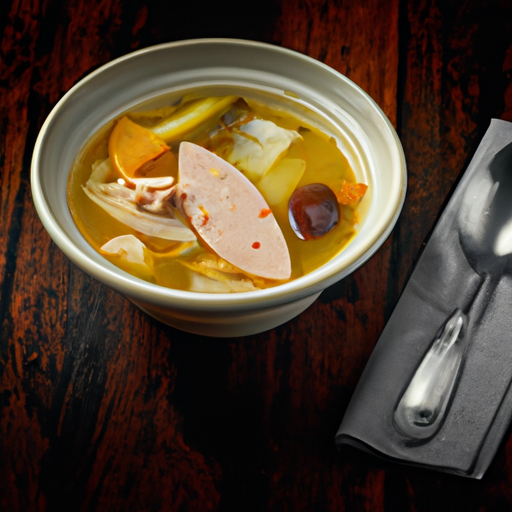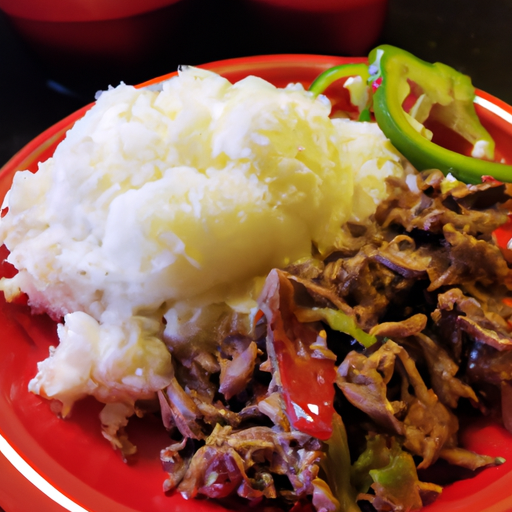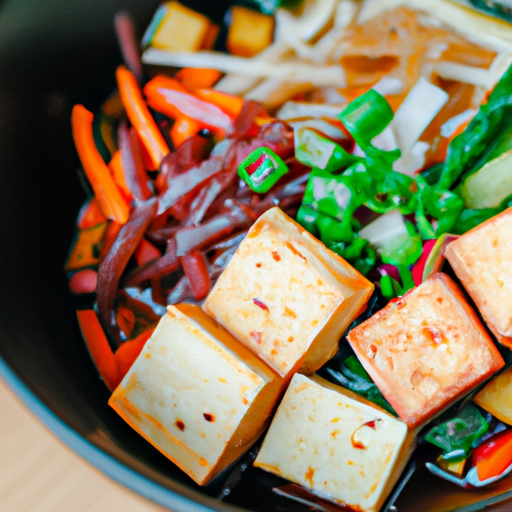Louisiana Style Chicken Soup
Providing a descriptive and analytical exploration of the history, ingredients, instructions, and cooking tips for Louisiana style chicken soup, this piece offers knowledgeable insights into the preparation and enjoyment of this traditional Southern dish.
The origins of this culinary dish will be examined from an objective and impersonal perspective, while adhering to an academic writing style.
Louisiana Style Chicken Soup History and Origins
The history and origins of Louisiana-style chicken soup can be traced back to the rich culinary traditions of Creole and Cajun cuisines. This flavorful soup is a reflection of the cultural influences that shape Louisiana’s unique food heritage, combining French, Spanish, African, and Native American flavors for a complex and enticing dish that has become synonymous with southern comfort food.
Louisiana-style chicken soup typically features a base of homemade chicken broth infused with aromatic vegetables such as onions, celery, and bell peppers. Additional ingredients commonly found in this dish include tomatoes, okra, garlic, and various herbs and spices like thyme, bay leaves, and cayenne pepper. Local ingredients are essential to capturing the authentic taste of this regional specialty.
The cooking process involves simmering the ingredients together for an extended period to allow the flavors to meld together harmoniously. This slow-cooking method ensures that every spoonful is bursting with savory goodness. Louisiana-style chicken soup is often served over steamed rice or accompanied by crusty bread for a satisfying meal.
Overall, the history and origins of Louisiana-style chicken soup reveal its deep roots in Creole and Cajun culinary traditions. Its distinctive blend of flavors reflects the diverse cultural influences present in Louisiana’s vibrant food culture.
Ingredients for Louisiana Style Chicken Soup
-2 tablespoons olive oil
-1 large yellow onion, diced
-4 cloves garlic, minced
-2 stalks celery, diced
-2 large carrots, diced
-1 red bell pepper, diced
-1 teaspoon smoked paprika
-1 teaspoon dried oregano
-1 teaspoon dried thyme
-1 teaspoon cayenne pepper
-1/2 teaspoon black pepper
-1/2 teaspoon kosher salt
-6 cups low-sodium chicken broth
-2 bay leaves
-1 pound boneless, skinless chicken breasts
-1/2 cup long-grain rice
-1 (14.5-ounce) can diced tomatoes
-1/4 cup chopped fresh parsley
-Hot sauce, for serving
Instructions
To proceed with the recipe, start by heating a large pot over medium heat.
Then, add the diced onions and minced garlic to the pot and sauté until they become translucent and fragrant.
Carefully pour in the chicken broth, followed by the diced tomatoes and their juices. Allow these ingredients to simmer for around 10 minutes to allow the flavors to combine.
After that, add in the shredded cooked chicken along with any desired seasonings such as Cajun spice or hot sauce. Let it cook for an extra 5 minutes until heated through.
Cooking Tips for Louisiana Style Chicken Soup
Cooking tips for a flavorful Louisiana Style Chicken Soup include adjusting the amount of Cajun spice or hot sauce to suit personal taste preferences. The level of spiciness can vary, so it is important to experiment and find the right balance.
Additionally, using fresh vegetables and herbs will enhance the overall taste and aroma of the soup. Using homemade chicken broth is recommended for a rich and authentic flavor.
Simmering the soup slowly over low heat will allow the flavors to meld together and develop depth.
Lastly, garnishing with fresh cilantro or parsley adds a pop of color and freshness to the dish.
Final Thoughts
At the end, incorporating these cooking tips can significantly boost the flavor and presentation of a traditional dish.
Utilizing homemade stock for a bold taste and varying herbs and spices to increase the flavors, one can prepare a Louisiana style chicken soup that is truly authentic and delicious.
Additionally, sautéing the vegetables and allowing them to simmer until they are tender will give the soup a great depth of flavor.
Enhancing the taste profile of this dish can be done by adding smoked sausage or shrimp.
Lastly, garnishing with fresh herbs and serving with crusty bread or cornbread can further improve the presentation of this comforting soup.
All in all, by taking note of these cooking techniques, one can make a flavorful and gratifying Louisiana style chicken soup.
Frequently Asked Questions
Can I Use a Slow Cooker to Make Louisiana Style Chicken Soup?
The use of a slow cooker to make Louisiana style chicken soup is feasible. The slow cooking process allows flavors to blend and intensify, resulting in a rich and flavorful soup.
What Are Some Common Variations or Additions to Louisiana Style Chicken Soup?
Common variations or additions to Louisiana style chicken soup include the use of Andouille sausage, okra, Cajun spices, and the holy trinity of onions, bell peppers, and celery. These ingredients contribute to the rich and flavorful taste characteristic of this regional dish.
Is Louisiana Style Chicken Soup Traditionally Served as a Main Course or as a Starter?
Traditionally, the categorization of Louisiana style chicken soup as a main course or starter is dependent on various factors such as regional preferences, cultural practices, and individual interpretations.
Can I Make Louisiana Style Chicken Soup Vegetarian or Vegan?
The possibility of making Louisiana style chicken soup vegetarian or vegan depends on the substitution of animal-based ingredients with plant-based alternatives. The feasibility and success of recreating the flavors and textures should be considered.
How Long Can I Store Leftover Louisiana Style Chicken Soup in the Refrigerator?
The length of time that leftover Louisiana style chicken soup can be stored in the refrigerator may depend on various factors such as the temperature, proper storage conditions, and the freshness of the ingredients used.






